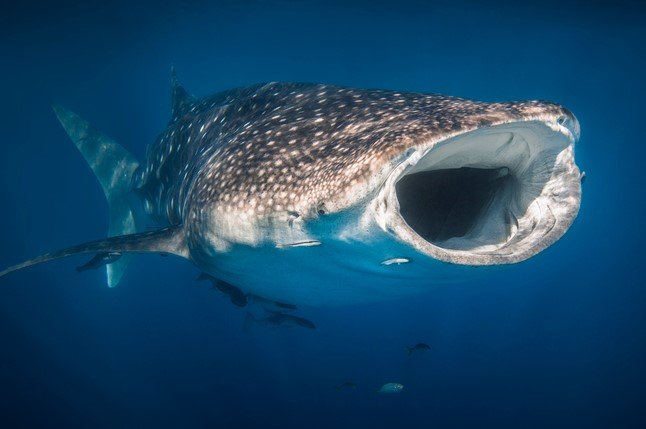The Georgia Aquarium in Atlanta has lost Taroko, a male whale shark that delighted millions since 2007. Officials euthanized him on August 21, 2025, after his health declined despite intense care, sparking widespread grief among fans and staff.
This sad event highlights the challenges of caring for these giant creatures in captivity. Taroko, rescued from a seafood market in Taiwan, became a star attraction and a key player in whale shark research.
Taroko’s Remarkable Journey
Taroko arrived at the Georgia Aquarium as a young whale shark, saved from being sold for food. Over the years, he grew into a massive ambassador for his species, which is listed as endangered by global wildlife groups.
His name came from Taiwan’s Taroko National Park, known for its stunning landscapes. This choice reflected his impressive size and the wonder he brought to visitors.
At the aquarium, Taroko lived in the Ocean Voyager exhibit, the largest of its kind. He shared the space with other sea life, including rays and smaller fish, creating a lively underwater world.
Experts monitored his growth and behavior closely. Data from his time there helped scientists learn more about whale shark diets, movements, and health needs.

Signs of Health Decline
In recent weeks, staff noticed Taroko eating less and acting differently during routine checks. These changes raised alarms among the veterinary team.
Despite treatments like special feeds and medical tests, his condition worsened. Aquarium leaders described it as a rapid drop that no intervention could reverse.
Whale sharks can live up to 100 years in the wild, but captivity brings unique stresses. Factors like water quality and space might play roles, though the aquarium maintains top standards.
A full exam after his passing will provide more details. This could offer lessons for caring for other large marine animals in similar settings.
Officials stressed that euthanasia was a last resort to prevent suffering. It followed guidelines from animal welfare groups focused on humane care.
Impact on Conservation Efforts
Taroko touched over 43 million visitors, inspiring many to support ocean protection. His presence boosted awareness about threats like overfishing and pollution facing whale sharks.
The aquarium uses such animals to fund research trips. Teams have studied wild whale sharks in places like Mexico and the Philippines, gathering vital data.
His contributions included blood samples and behavior studies. These helped track migration patterns and breeding habits, aiding global conservation plans.
Whale sharks face dangers from boat strikes and illegal hunting. Programs sparked by aquariums like Georgia’s push for better laws and protected zones.
- Whale sharks are the largest fish, reaching 40 feet long.
- They filter-feed on tiny plankton, not posing threats to humans.
- Populations have dropped 50 percent in some areas over 75 years.
- Conservation groups tag them to monitor movements across oceans.
Community Reactions and Tributes
News of Taroko’s death spread quickly on social media, with thousands sharing memories. Fans posted photos from visits, recalling his graceful swims.
One visitor wrote about how seeing him sparked a love for marine life. Others praised the staff for their dedication over nearly two decades.
Fellow aquariums, like one in Florida, sent messages of support. They noted the shared mission of education and care for sea creatures.
Staff members shared personal stories too. Many described Taroko as gentle and curious, forming bonds during feedings and checkups.
The aquarium plans a memorial event soon. It will let people honor his legacy and learn more about whale shark protection.
Looking Ahead for the Aquarium
Yushan, the other male whale shark, remains healthy and under close watch. Officials say his care continues without changes.
The facility houses female whale sharks too, like Alice and Trixie. They all play roles in ongoing education and research.
Plans include expanding exhibits to showcase more about ocean health. This ties into broader efforts to combat climate change impacts on marine life.
| Whale Shark | Arrival Year | Key Contribution |
|---|---|---|
| Taroko | 2007 | Visitor education and health data |
| Yushan | 2006 | Migration research support |
| Alice | 2006 | Breeding behavior studies |
| Trixie | 2006 | Diet and growth monitoring |
Recent events, like a similar loss at another aquarium last year, underline the need for advanced vet care. The Georgia team vows to apply new findings to improve outcomes.
We encourage you to share this story if it moved you and comment below with your own memories of Taroko or thoughts on whale shark conservation.
